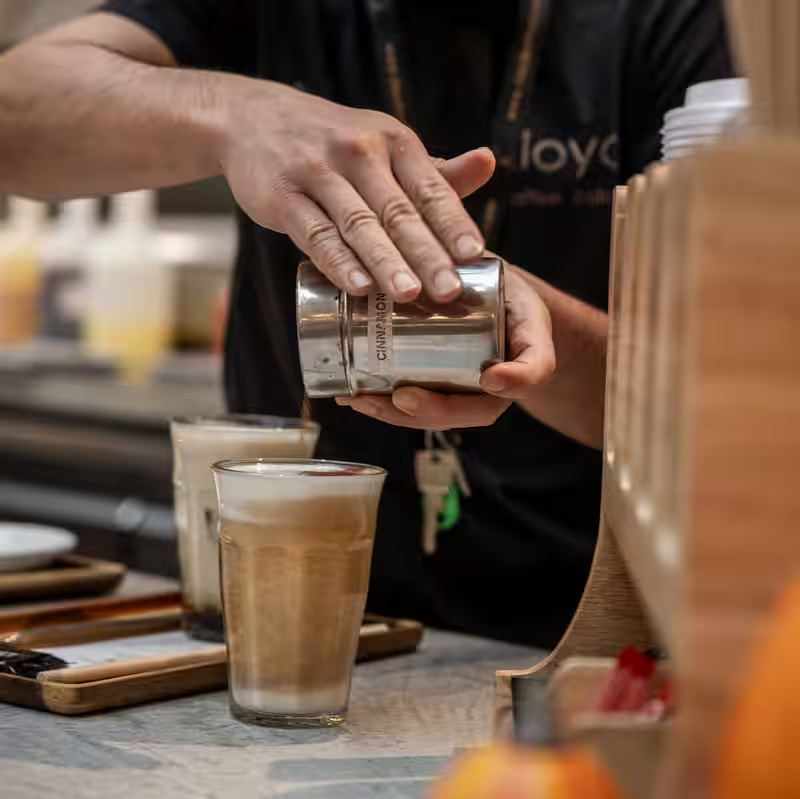Table of Contents
- Introduction: America’s Fall Obsession Lands in Europe
- European Reception: Love It or Loathe It?
- A Spiced History: From Europe to America and Back
- Regional Differences Across European Cities
- The Great Sweetness Debate
- What’s Next for Pumpkin Spice in Europe?
- Sources
Pumpkin Spice Latte: America’s Fall Obsession Lands in Europe
Every autumn, as leaves turn golden and temperatures dip, one drink dominates American coffee culture: the pumpkin spice latte (PSL). First introduced by Starbucks in 2003, this cinnamon-kissed concoction has become synonymous with fall in the U.S.—so much so that it’s spawned everything from pumpkin spice candles to hummus.
But as the PSL makes its way across the Atlantic, it’s encountering a continent with deep-rooted coffee traditions—and strong opinions.
European Reception: Love It or Loathe It?
In Belgium, particularly in cities like Brussels and Antwerp, the pumpkin spice latte is gaining ground. Dennis Van Peel, owner of Have a Roll bakeries, reports growing demand each October. “It’s getting more popular every year,” he says. Yet even he admits, “either you love it or you hate it.”
Meanwhile, in Paris and Rome, the drink remains a rarity. At MadamaDorè, a vegan café in Rome, proprietor Tiziana Rossi offers a PSL—but mostly because she liked it during her time in the U.S. “My Italian customers aren’t exactly clamoring for it,” she notes.
A Spiced History: From Europe to America and Back
Ironically, the spices that define the PSL—cinnamon, nutmeg, ginger, and allspice—originated in Europe’s holiday baking traditions. In the 16th and 17th centuries, these costly imports from Asia flavored festive cakes and sweets, especially around Christmas.
When American settlers began using local pumpkins to make pies in the 19th century, they borrowed that spice blend. By the early 20th century, pre-mixed “pumpkin pie spice” hit U.S. shelves. Starbucks later turned it into a global phenomenon by blending it with espresso and steamed milk.
Regional Differences Across European Cities
The PSL’s European footprint is patchy:
| City | PSL Availability | Local Sentiment |
|---|---|---|
| Brussels | Widespread | Growing popularity |
| Amsterdam | Common | Generally accepted |
| Paris | Rare (mostly Starbucks) | Skepticism; “too sweet” |
| Rome | Very limited | Low demand |
| Leipzig | Available in select cafés | Niche but curious |
The Great Sweetness Debate
One major sticking point? Sugar. Europeans often find American-style PSLs cloyingly sweet. Van Peel adjusts his recipe accordingly: “It’s sweet, but not American sweet—because that’s really sweet.”
Justine Combeaud of Comptoir Veggie in Paris offers a spiced version using cinnamon, cloves, nutmeg, and even pepper. Still, she says, “People in France don’t really know what it is.”
What’s Next for Pumpkin Spice in Europe?
Starbucks now serves the PSL in 85 of its 89 global markets, including much of Western Europe since its 2012 debut in the UK. Yet independent cafés—especially in Italy and France—remain hesitant, viewing the drink as a fleeting American trend.
Still, as younger, globally minded consumers embrace seasonal novelties, the PSL may slowly carve out a permanent autumnal niche—even in espresso’s birthplace.
Sources
‘You Love It or You Hate It’: Pumpkin Spice Lattes Divide Europe – The New York Times




